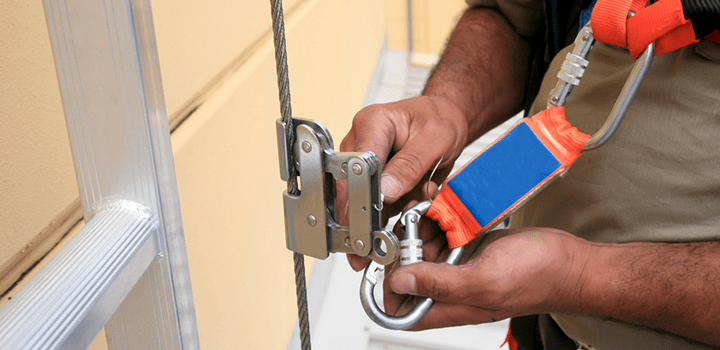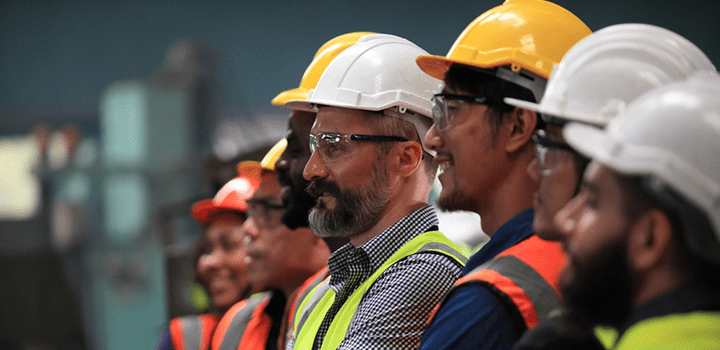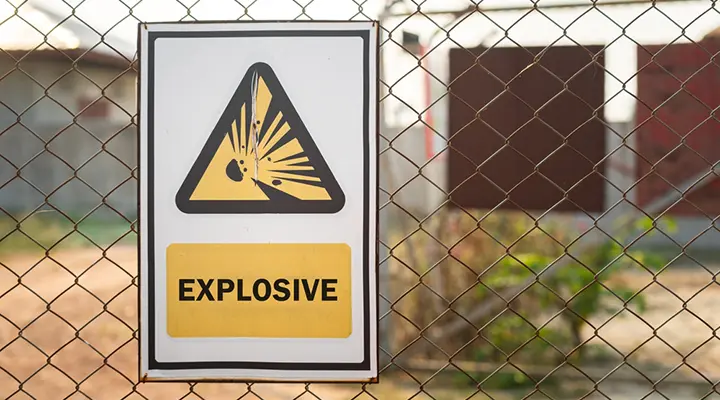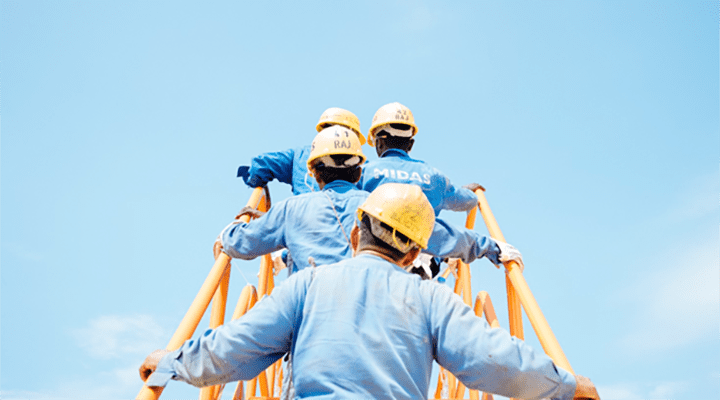In the world of construction, where heavy machinery and tall structures are the norm, safety is crucial. One small mistake can lead to serious accidents or even loss of life. This makes training incredibly important. Yet, safety training often takes a back seat, overshadowed by the excitement of building massive projects. The truth is simple: poor training leads to accidents.
Safety isn’t just a word to toss around; it’s a combination of skills, awareness, and proper knowledge that all workers need to have. This article aims to dive deep into what makes good safety training.
Regulatory Framework
Health and safety in the workplace, including the construction site, requires adherence to existing laws. Knowledge of the regulatory frameworks can prevent legal ramifications while also ensuring everyone’s well-being.
Health and Safety at Work Act
This 1974 law is foundational; it requires employers to provide safe conditions and workers to follow safety rules. Companies have the legal obligation to meet the stipulations of the law,
Construction (Design and Management) Regulations
Known as CDM, these 2015 regulations offer specific safety rules for construction projects. They outline roles for everyone, from designers to workers, and require risk assessments before work starts.
Role of the HSE
The Health and Safety Executive (HSE) acts as a national workplace regulator. It’s an independent watchdog committed to promoting workplace health and safety.
Essential Components of Effective Training Programmes

Whether it is to protect workers from falls on fixed ladders or prevent exposure to hazardous materials, investing in the right safety equipment is a must. While such equipment can’t can help, they’re useless in the absence of effective training. The core of construction safety lies not in heavy manuals gathering dust, but in hands-on, practical training courses. These courses, tailored to address specific aspects of work on a construction site, serve as the meat and potatoes of any safety training regimen.
Hazard Identification
First and foremost, can you spot a hazard when you see one? Unsecured ladders, frayed electrical wires, or even a patch of slippery ground could be accidents waiting to happen. Training teaches you the art—yes, it’s an art—of spotting hazards before they become headline news. Knowledge is the first step in prevention.
Risk Assessment
Identifying a risk is good, but what do you do next? Training courses on risk assessment equip you with the tools to assess the level of risk associated with different hazards. Do you need to stop work immediately? Can it wait until the end of the day? Is it a minor issue that can be quickly fixed? Decisions, decisions—but this training helps you make the right ones.
Emergency Protocols
Despite best efforts, emergencies do happen. Fires, medical emergencies, or even structural failures require quick thinking and faster action. This element runs you through the drill, literally, preparing you for worst-case scenarios so you’re never caught off-guard.
Equipment Handling
Construction sites are teeming with machinery and tools, each with its own set of rules. The wrong move with a power tool can result in injury or worse. These courses are designed to give you hands-on experience in handling equipment, ensuring you and those around you are safe.
Environmental Safety
The environment is a silent player in construction safety. Factors like noise levels, air quality, and exposure to hazardous materials can impact long-term health. Courses on Asbestos Awareness, Legionella Awareness, COSHH Awareness and Noise Awareness guide you through the best practices for environmental safety, teaching you how to protect yourself from unseen but very real risks. We also offer environmental awareness training to help staff working off-site better understand what co-workers need help with.
Tips for Effective Safety Training in the Construction Industry

For optimal outcomes, here are some things to note for the implementation of successful construction safety training:
- Tailor Training to the Job: Customize your safety training to suit the specific types of construction projects your team usually handles, be it skyscraper construction or roadworks.
- Use a Mix of Training Methods: From tactile hands-on experiences to digital online courses and virtual reality simulations, diversify the training mediums to cater to different learning styles.
- Regularly Update Training Material: With evolving safety standards and new equipment coming into play, keeping your training material updated is non-negotiable.
- Encourage Open Dialogue: A monologue won’t cut it. Facilitate open discussions to identify any gaps in understanding or to clarify queries.
- Monitor and Assess: Use quizzes or practical demonstrations post-training to evaluate the effectiveness of the training programme.
- Incorporate Feedback: Always collect feedback after the training sessions. This will not only point out areas for improvement but will also engage participants more deeply in the safety culture.
- Repeat and Reinforce: Safety is an ongoing commitment. Periodic refresher courses can help reinforce key safety behaviours and accommodate new team members.
- Real-time Monitoring and Feedback: If possible, integrate technology to monitor the application of safety procedures in real-time and offer immediate feedback.
Conclusion
As the construction industry continues to evolve, embracing technological advances and confronting new challenges, one constant remains: the indispensable value of human life and well-being. Ensuring safety is not a mere adjunct to the process; it is the very scaffolding upon which successful, ethical, and sustainable construction stands. In this ever-changing landscape, the pursuit of optimal safety measures isn’t just a legal or moral imperative—it’s the bedrock that stabilises the future of the industry itself.



